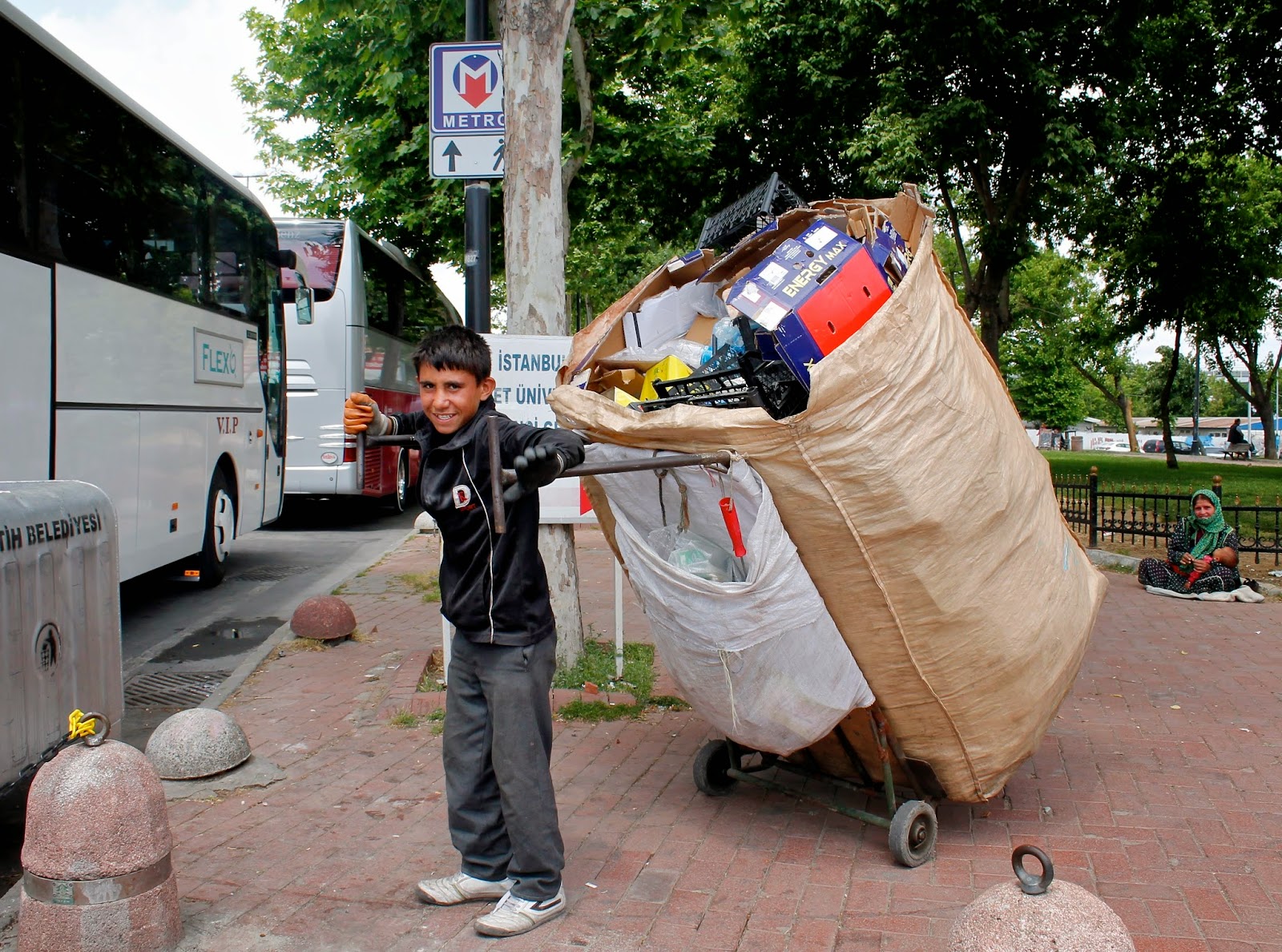Among the most picturesque treasures of Romania are the Painted Monasteries of Bucovina. Visiting the Monasteries is an unforgettable experience and to best appreciate paintings it is best to hire a guide.
It is evident that the painters who created the frescos had a deep spiritual connection.
The purpose of the frescos was to make the story of the Bible and the lives of the most important
Orthodox saints known to villagers by the use of icons.
The painted exterior walls are decorated with 15th and 16th century frescoes featuring portraits of saints and prophets, scenes from the life of Jesus, images of angels and demons, and heaven and hell and represent complete cycles of religious murals.
They were listed in 1993 by UNESCO as World Heritage sites.
There are five main monasteries: Humor,Voronet, Moldovita, Sucevita and Arbore.
The Voroneț Monastery is a medieval monastery in the town Gura Humorului and is the most famous. The monastery was constructed by Stephen the Great in 1488 over a period of 3 months and 3 weeks to commemorate the victory at Battle of Vaslui.
The legend of the origin of the church unites two men central to Romanian history: the founder of the monastery, Stephen the Great, and Saint Daniil the Hermit, the first abbot of the monastery who is buried in the monastery.
Humor monastery is located 25 miles from suceava. The monastery is now a small convent, served by nuns. The subjects of the frescoes include the Siege of Constantinople and the Last Judgement.
Sucevita Monastery is an Eastern Orthodox convent situated in the Northeastern part of Romania. The architecture contains both Byzantine and Gothic elements. Both interior and exterior walls depict biblical episodes from the Old and New Testament. The paintings date from around 1601.
Arbore is best known for its church dedicated to Saint John the Baptist. It is located in Suceava County, Romania
The Dragomirna Monastery was built during the first three decades of the 17th century.
It is the tallest medieval monastery in Bucovina and renowned in Orthodox architecture for its unique proportions and intricate details, mostly carved into stone. It lies among forested hills of fir and oak.
The church is built mostly of raw, unpolished stone, except for the pillars. At the windows, Gothic-style frets have intersected bars. Under the cornice, there are two bands of friezed arcatures. The church is encircled with a stone belt of three alternately woven bands. This belt, a symbol of the Holy Trinity, also contains message from the bishop, who lived to see the union of the Romanian-speaking peoples
Pension Dining Area
My tour of the monasteries took 8 hours one day and 1/2 day the following day. I stayed in Suceava for two nights and Gura Humorului for two nights.
Public transportation is limited. It is best to rent a car or hire a guide. I used a taxi in Gura Humorului which was 40 USD. The cab driver provided information on the Romanian Orthodox religion.
Accommodations
Pension Leagunal Bucovinei
Bd. Sofia Vicoveanca Nr. 18
Suceava, Romania
I booked through Booking.com
Lovely pension with dining area and home cooked meals which were very good.
The host conducts tours of the monasteries and is very knowledgeable. Although the owners do not speak English language was not a mojor issue. An interpreter is used for the tours.
Best Western in Gura Humorului which is a standard hotel but is not far from the train station and has a lovely view over the town



















